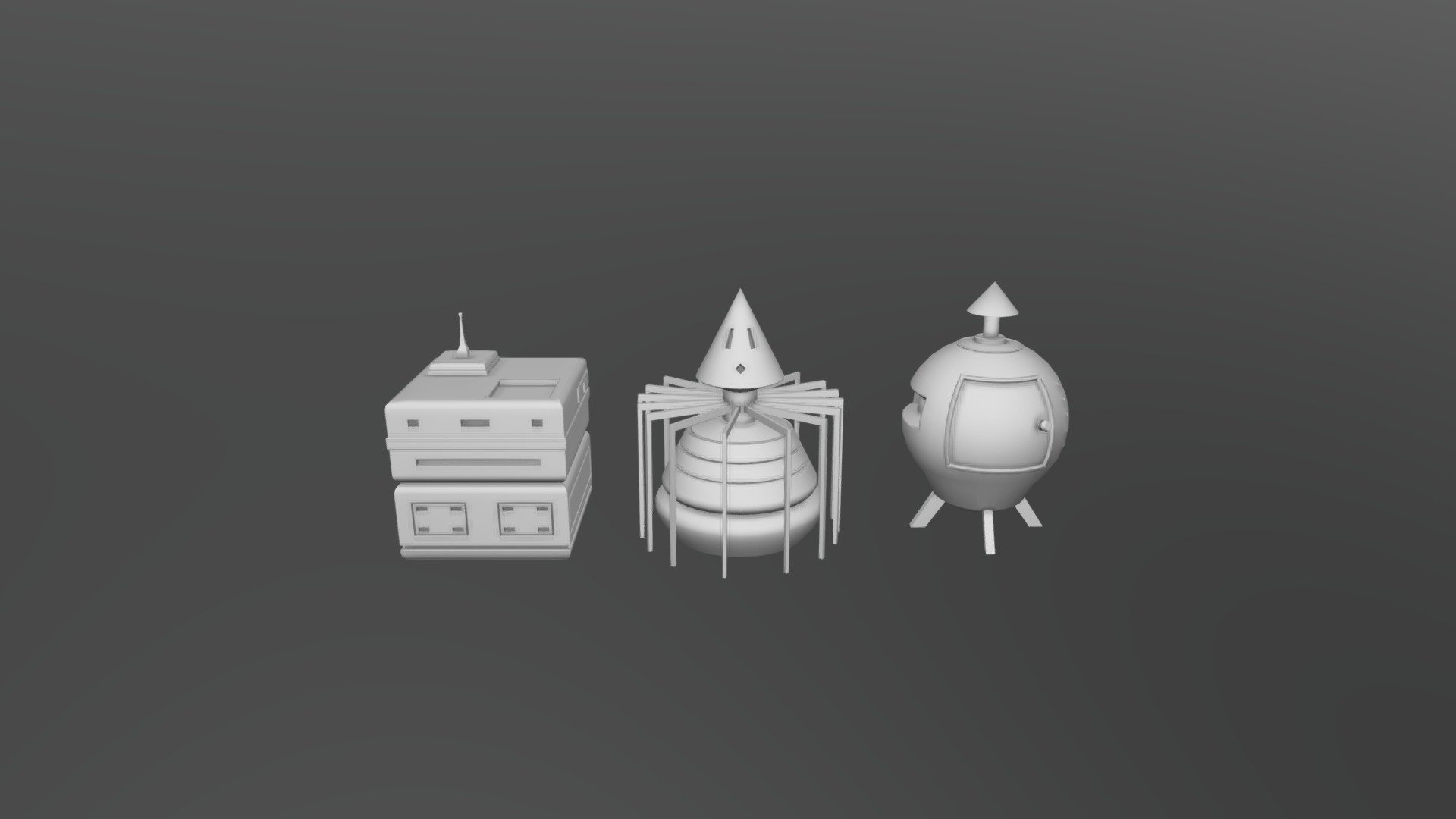
Exercise 01 - Mesh Modeling
sketchfab
Exercise 02 - Shape Construction Create a Geometric Framework To begin, define the fundamental components of your shape using basic geometric primitives such as points, edges and faces. This will form the foundation of your mesh model. Shape Definition Basics Points are essential elements in mesh modeling that serve as reference points for your shape. They can be used to create complex shapes by combining multiple points together. Edges connect two or more points to form a straight line. These lines provide a framework for defining the overall structure of your shape. Faces, on the other hand, are formed when edges come together at a point, creating a surface area. This is where you can define materials and textures that will bring your model to life. Shape Definition Techniques There are various techniques you can use to define shapes in mesh modeling. These include: Extrusion: This involves pushing or pulling a 2D shape outwards from a central axis to create a 3D form. Lathing: Similar to extrusion, lathing involves rotating a 2D shape around an axis to generate a cylindrical or conical shape. Subdivision: This technique allows you to add more detail and complexity to your mesh model by subdividing existing faces into smaller ones.
With this file you will be able to print Exercise 01 - Mesh Modeling with your 3D printer. Click on the button and save the file on your computer to work, edit or customize your design. You can also find more 3D designs for printers on Exercise 01 - Mesh Modeling.
